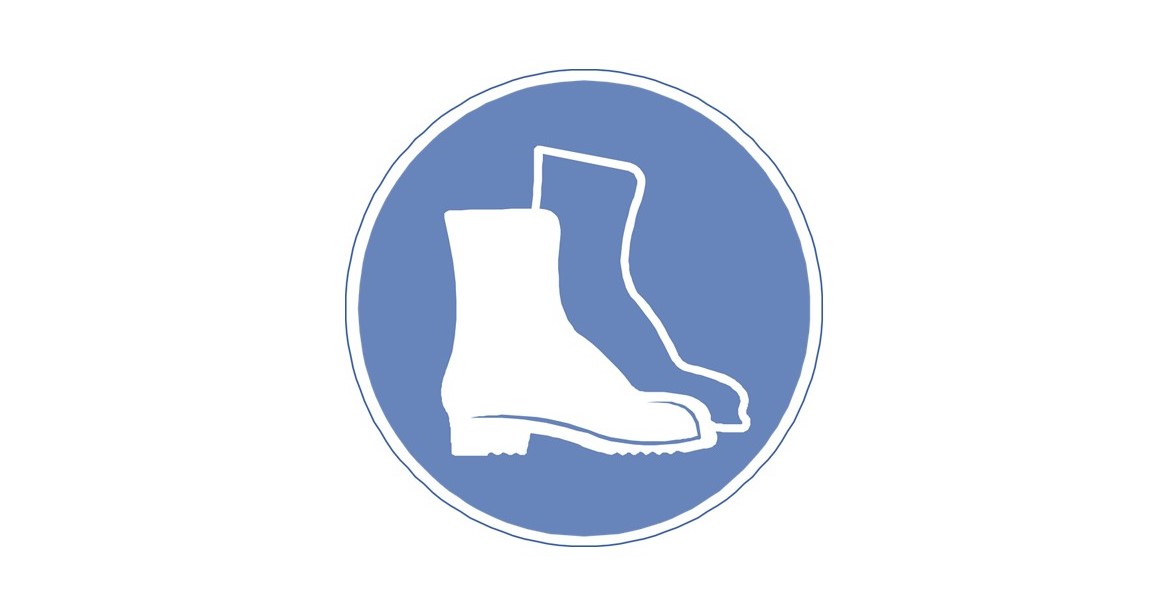- About Western Carolina
- Campus Operations and Finance
- Facilities Management
- Safety and Risk Management
- Personal Protective Equipment
Personal Protective Equipment
When all other means such as engineering controls and administrative controls are not enough to eliminate a hazard, personal protective equipment (PPE) can provide an additional layer of protection. PPE is only a barrier between the hazard and the person, so when it doesn't fit properly or is not used correctly, the risk of exposure is still present. It is important to understand the hazards PPE protects against and the limitations of its use. Employees must be trained on how to wear, use, and maintain their PPE before using it for the first time.
The Personal Protective Equipment Program details safety guidelines and requirements that WCU supervisors and employees must uphold.
PPE Hazard Assessment
The OSHA Personal Protective Equipment Standard (29 CFR 1910.132) requires the documentation of a hazard assessment to evaluate the workplace and identify the type of personal protective equipment (PPE) necessary to perform the job task(s).
Supervisors are required to submit a PPE Hazard Assessment Form initially and at any time in the future when there are changes to the work assigned and required PPE usage. Supervisors may assess the hazards and submit one assessment form for a specific work area, multiple work areas with similar tasks, for a specific job task, or for a specific worker. Each workplace on campus will be different, so please contact Safety and Risk Management for guidance if you are unsure about the number of forms needed for your supervisory area.
Types of Personal Protective Equipment
Various types of personal protective equipment (PPE) are available for the head, ears, eyes, face, body, hands, and feet. Respiratory equipment is detailed separately in the Respiratory Protection Program. Please click on the links below to review PPE options available and reimbursement programs for employees when applicable.






